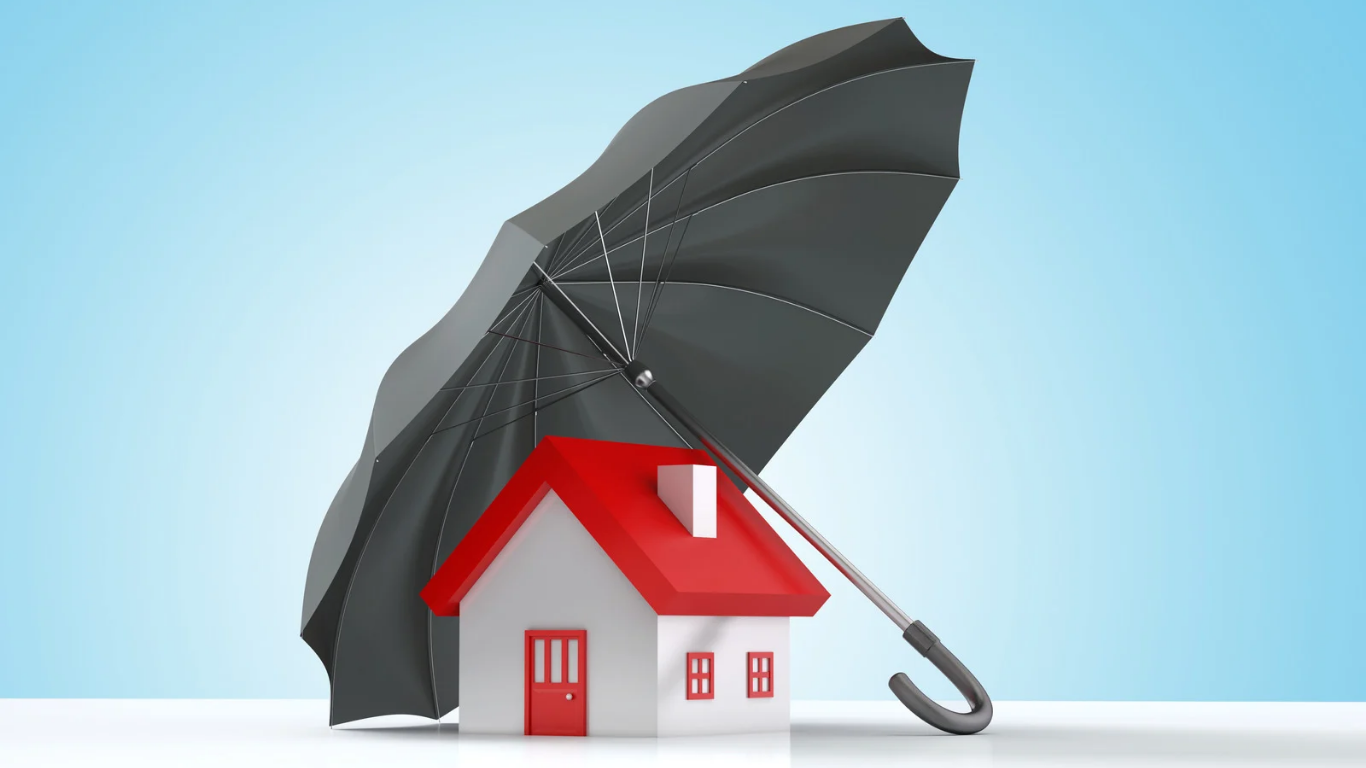The Ultimate Checklist for First-Time Home Insurance Buyers

Purchasing a home is a monumental step, and ensuring it is adequately protected is crucial. Home insurance provides peace of mind by covering potential damages or losses. For first-time buyers, navigating the maze of home insurance can be daunting. Here’s a comprehensive checklist to guide you through the process.
1. Understand the Basics of Home Insurance
Coverage Types: Home insurance generally covers the structure of your home, personal belongings, liability for injuries or damages, and additional living expenses if you’re temporarily displaced. Familiarize yourself with these basic components to understand what you’re buying.
Policy Types: There are several types of policies, such as HO-1, HO-2, HO-3, HO-4, and HO-5, each offering different levels of coverage. Most homeowners opt for an HO-3 policy, which provides comprehensive coverage for your home and belongings.
2. Assess Your Home’s Value
Home Appraisal: Before purchasing insurance, get your home appraised to determine its market value. This ensures that you don’t over-insure or under-insure your property.
Replacement Cost vs. Market Value: Understand the difference between replacement cost (the cost to rebuild your home) and market value (the price you could sell it for). Insurance should cover the replacement cost.
3. Inventory Your Personal Belongings
Detailed Inventory: Create a comprehensive inventory of your belongings, including furniture, electronics, appliances, and personal items. This helps in determining the amount of personal property coverage you need.
Keep Records: Store receipts, take photographs, and note serial numbers of valuable items. Digital records are often more secure and accessible.
4. Evaluate Your Location’s Risks
Natural Disasters: Consider the likelihood of natural disasters such as floods, earthquakes, hurricanes, or wildfires in your area. Standard policies often don’t cover these events, so additional coverage might be necessary.
Crime Rates: High crime rates can affect your premiums. Assess local crime statistics to understand potential risks and discuss with your insurer how it might impact your policy.
5. Compare Insurance Providers
Research and Reviews: Look for insurance companies with strong financial ratings and positive customer reviews. Resources like AM Best, JD Power, and the Better Business Bureau can provide valuable insights.
Quotes: Obtain quotes from multiple providers to compare coverage options and pricing. Don’t just go for the cheapest option; consider the comprehensiveness of the coverage.
6. Understand Policy Details
Deductibles: A higher deductible can lower your premiums, but it means more out-of-pocket expenses in the event of a claim. Balance your financial situation with the deductible amount.
Coverage Limits: Ensure your policy’s coverage limits are sufficient for your needs. This includes the dwelling coverage, personal property coverage, and liability limits.
Exclusions: Pay attention to what is not covered by your policy. Common exclusions might include certain natural disasters, mold damage, or wear and tear.
7. Consider Additional Coverage Options
Riders and Endorsements: These are additional coverages you can add to your policy. For example, you might need a rider for expensive jewelry or an endorsement for a home business.
Flood and Earthquake Insurance: If you live in a high-risk area, consider purchasing separate flood or earthquake insurance, as these are not typically covered by standard policies.
8. Review Discounts and Bundling Options
Discounts: Ask about available discounts, such as those for installing security systems, smoke detectors, or being a non-smoker.
Bundling: Many insurance companies offer discounts if you bundle your home insurance with other policies, such as auto or life insurance.
9. Understand the Claims Process
Filing a Claim: Familiarize yourself with the steps to file a claim. This includes how to contact your insurer, what documentation you’ll need, and the timelines for filing.
Claims History: Be aware that frequent claims can increase your premiums. Use your insurance for significant losses, not minor repairs.
10. Regular Policy Reviews
Annual Review: Conduct an annual review of your policy to ensure it still meets your needs. Update your coverage as necessary, especially after major home improvements or purchases.
Life Changes: Significant life changes, such as marriage, divorce, or retirement, can affect your insurance needs. Keep your insurer informed to adjust your coverage accordingly.
Conclusion
Purchasing home insurance for the first time can be overwhelming, but with this checklist, you’re well-equipped to make informed decisions.
Protecting your home is a vital part of homeownership, and having the right insurance policy provides peace of mind and financial security. Take the time to research, compare, and choose a policy that best suits your needs.



